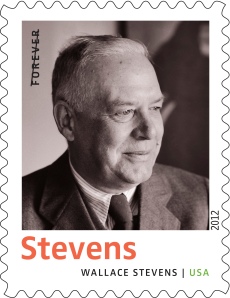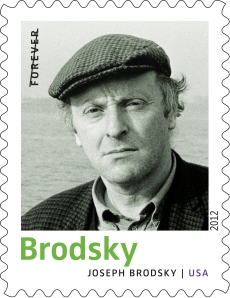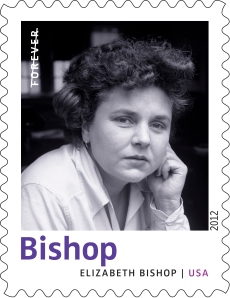The poems of Wallace Stevens present a luxurious banquet of language and meaning. Their sensuous music and intellectual richness make reading a distinctive experience. Several works by Stevens, such as “The Emperor of Ice-Cream,” “Thirteen Ways of Looking at a Blackbird,” and “The Snow Man,” are widely taught in schools. Some of his many books are Harmonium (1923), Ideas of Order (1936), The Man with the Blue Guitar (1937), and Parts of a World (1942).
Stevens was born on October 2, 1879, in Reading, Pennsylvania, where his father, an attorney, and his mother, a former teacher, cultivated a literary household. He spent summers at his grandfather’s house in the Pennsylvania countryside, sparking a lifelong appreciation for the American landscape. A talented writer and orator, Stevens published poems in his high school journal. During a three-year course of study at Harvard University, he was particularly influenced by one of his teachers, philosopher George Santayana.
Subsequently, Stevens briefly worked as a journalist. After earning a law degree at New York University, he began a long and very successful career in the insurance business. “It gives a man character as a poet to have this daily contact with a job,” he said. He lived within walking distance of his office in Hartford, Connecticut, and often got ideas for poems on walks. Nevertheless, he maintained a strict separation between the worlds of business and art—to the point where some of his associates were surprised to learn that he was a noted poet.
An elegant and playful writer, Stevens can also be enigmatic. He addresses subjects that can seem abstract and philosophical; draws on references from the arts and literature; and makes sudden shifts in rhetorical tone. Some of his poems are highly comic, while others are somber and spare. They richly reward patient reading. In one of his works, “Man Carrying Thing,” Stevens wrote, “The poem must resist the intelligence / Almost successfully.”
Many of Stevens’s poems explore the relationship between consciousness and reality. “Thirteen Ways of Looking at a Blackbird” collects 13 separate short poems like “chapters” in a brief essay on the relation between the perceiver and the perceived. In “A Rabbit as King of the Ghosts,” Stevens writes of a rabbit at nightfall, liberated from daytime threats now that “the light is a rabbit-light,” and “The whole of the wideness of night is for you, / A self that touches all edges, // You become a self that fills the four corners of night.” In the words of one critic, “The imagination is the true hero of a Stevens poem.”
Accepting an honorary degree from Bard College in 1951, Stevens referred to poetry as “a way through reality.” In “The Emperor of Ice-Cream” and other works, he explored how the imagination can harness grief and despair. “Death is the mother of beauty,” he wrote in an early poem, “Sunday Morning.” Impermanence gives experience and things their meaning and value.
Stevens wrote about how uncooperative reality can be, intruding on our generalizations about it. His poems respond to the world of experience without needing to claim or categorize it. They counterpose the human need for order and meaning with the shifting, unknowable nature of the world. They are also a kind of philosophical investigation into the nature of language itself.
First Day Covers (click to order)
In the introduction to his book of essays, The Necessary Angel (1951), Stevens described poetry as a “force capable of bringing about fluctuations in reality in words free from mysticism.” He regarded poetry (and the arts in general) as a compensation for lost religious belief. “Notes Toward a Supreme Fiction” is a long poem spelling out his theory of poetry (and of life) in three sections, headed “It Must Be Abstract,” “It Must Change,” and “It Must Give Pleasure.” A late poem, “Final Soliloquy of the Interior Paramour,” contains the line “We say God and the imagination are one…”
Esteemed as one of America’s greatest and most influential poets during his lifetime—he was awarded many prizes and honorary degrees—Stevens died on August 2, 1955. Since then, admiration for his work has increased.
Wallace Stevens is one of ten poets featured on the Twentieth-Century Poets pane. The stamps will be issued on April 21 in Los Angeles, California, but you can preorder them today!




